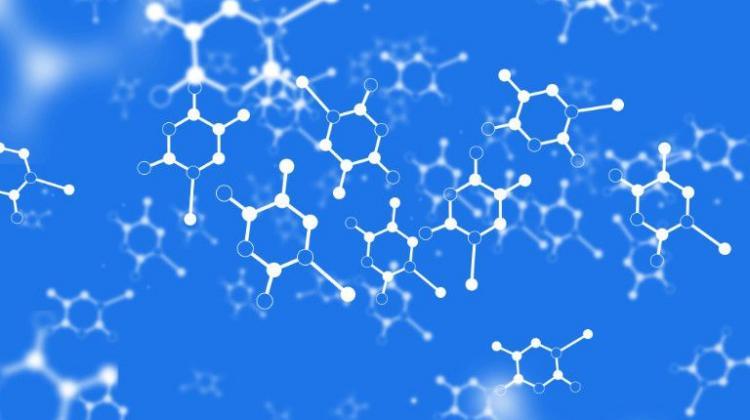Innovative Polish algorithm will help spy on live cells
 Photo: Fotolia
Photo: Fotolia
Can substances used in Chinese medicine be used as medicines in diseases of the nervous system? Do the ingredients of creams actually delay cell aging? Such research will be easier with the program for laser viewing of living cells, developed by Dr. Wojciech Krauze.
An algorithm that allows to "see through the skin" is an innovative method of imaging live cells in 3D. In his measurements, Dr. Wojciech Krauze, a photonic engineer from the Warsaw University of Technology, does not get the distortion that other researchers have been getting. His method is very accurate.
"To image, or +spy on+ cells at work, you do not have to destroy them or disturb their structure. It is enough to measure them properly. The quantitative nature of the measurement enables a precise description of the internal structure of live microstructures. We can also examine the changes that take place in them under the influence of external factors" - explains Dr. Wojciech Krauze, this year`s holder of START stipend awarded by the Foundation for Polish Science.
His scientific achievement is an algorithm that processes data from an optical tomograph. The tomograph has also been built by a research team at Warsaw University of Technology. Engineers are working on further such devices, and each of them must be equipped with the new algorithm to ensure the highest quality of results. High quality image allows to see the smallest cell structures, such as cell nuclei or mitochondria, which are several hundred nanometers in size.
Dr. Wojciech Krauze is not a physician or a biologist, but his work will further the development of many disciplines in the field of life sciences. For example, his algorithm allows to study the cell cycle, or "peek" at what happens when the cell dies. Flawless algorithms can also be used to study the effects of creams on the skin. Scientists plan to "spy" on skin cells placed on a glass slide and see how they feed on hyaluronic acid and what it changes. This will allow to identify ingredients that actually delay the skin aging process.
The method can also be used to study substances used in Chinese medicine. The researcher carries out such a project with researchers from Taiwan.
"We are investigating the effects of traditional Chinese medicine on the human body. We will supply substances isolated from traditionally used herbs to cells. Then we will check if the cell starts to do something or not. Perhaps this will be the starting point for working on potential drugs for Huntington`s disease or Alzheimer`s disease" - he says.
There are many potential uses of optical diffraction tomography. The engineer works with cell cultures. "Cells in such cultures live, move, develop and die on laboratory slides. The better the imaging methods, the better and more accurate the research results" - explains Dr. Krauze.
The scientist explains the differences between the known methods of imaging micro and macrostructures. An X-ray done in a hospital is a two-dimensional image, where everything overlays: ribs, heart, spine... It is impossible to fully see any of these structures in three dimensions. In turn, a computer tomograph provides full three-dimensional information on the structure of internal organs or skeleton.
"We do something similar to tomography, but instead of X-rays we use laser irradiation. We do not examine people, but single cells, and instead of X-rays we use a laser" - the scientist explains.
Optical tomography requires a computer program. It converts the recorded data into a three-dimensional image of the examined cell or tissue. There are many such programs, but the one written by Wojciech Krauze allows to obtain the most accurate three-dimensional image of the cell. Other researchers were getting a characteristic distortion as a result of their algorithms.
PAP - Science in Poland, Karolina Duszczyk
kol/ agt/ kap/
tr. RL
Przed dodaniem komentarza prosimy o zapoznanie z Regulaminem forum serwisu Nauka w Polsce.














